Edinburgh-born singer-songwriter Dot Allison first sprang to fame when she appeared on ‘Top Of The Pops’ as a member of ONE DOVE in 1993 singing their No24 hit ‘Breakdown’ live.
ONE DOVE were a moody Glaswegian trio comprised of Dot Allison, Ian Carmichael and Jim McKinven. Their only album ‘Morning Dove White’ took its title from the Native American name of Elvis Presley’s grandmother and was co-produced by the late Andrew Weatherall. The album was unique in the sphere of post-Acid House electronic dance music but despite reaching No30 in the UK album chart, ONE DOVE imploded.
1999 saw the release of her debut solo album ‘Afterglow’ and showcased a broad range of styles with the haunting Weimar chill of ‘In Winter Still’ making a fine closer. It also included a songwriting collaboration with Hal David, best known for his catalogue of tunes written with Burt Bacharach but also the best song from the James Bond franchise ‘We Have All The Time In The World’.
In 2000, Dot Allison’s voice was all over television thanks to DEATH IN VEGAS’ ‘Dirge’ on which she guested being used in Levi’s ‘Twisted’ commercial; it subsequently appeared the soundtrack of a number of Hollywood movies including ‘Book of Shadows: Blair Witch 2’ and ‘The Last House on the Left’.
Her second album ‘We Are Science’ in 2002 flirted with electroclash and indie rock but as her website suggests, “She revolts against what she has done before, to evolve and not just occupy the same space”. After several more albums and taking a career break, Dot Allison returned in 2021 to release the nature inspired folk-minded ‘Heart-Shaped Scars’, an antidote to the stress of these turbulent times co-produced with Fiona Cruickshank.
After the haunting beauty of the 2023 follow-up ‘Consciousology’ which included her first electronic based track in while ‘220Hz’, Dot Allison is back on the collaboration trail again having previously worked with the likes of Kevin Shields, Paul Weller, Scott Walker, Darren Emerson and MASSIVE ATTACK.
Dot Allison’s new musical project is ALL SEEING DOLLS with Anton Newcombe, best known as the leader of the Californian rock band BRIAN JONESTOWN MASSACRE. The creative partnership developed remotely and while the album ’Parallel’ will be out in early 2025, the single ‘That’s Amazing Grace’ is already public.
ELECTRICITYCLUB.CO.UK had the pleasure of a career spanning chat with Dot Allison about ONE DOVE, her solo work and ALL SEEING DOLLS…
You first became known as a member of ONE DOVE, how do you look back on that period?
With a fondness … I got my hands dirty in the studio learning to program on an LC3 Mac and Cubase … messing about with our desk and we did manual automation at the desk… but we went from quarter inch tape and chinagraph pencils and razors to ADATs… don’t need to do that again!
ONE DOVE’s only album ‘Morning Dove White’ was co-produced by Andrew Weatherall but the radio mixes for the singles ‘White Love’ and ‘Breakdown’ were done by Stephen Hague, I can’t think of two more contrasting personalities to be in a studio with?
Stephen Hague was recommended by the label but we did like that he had worked with NEW ORDER… we all managed to meet in the middle.
ONE DOVE had this esoteric approach but ‘Breakdown’ charted and got you onto ‘Top Of The Pops’, what was that like for you?
Utterly terrifying… it’s only when the cameras are all on you going out to millions of viewers you realise whether you are really cut out of that level of exposure.
‘Why Don’t You Take Me?’ is an underrated gem, can you remember its genesis?
I can… it was improvised in the studio and then our version was sent to Andrew for his interpretative magic.
The B-side of ‘Why Don’t You Take Me?’ was a cover of Dolly Parton’s ‘Jolene’, how did that idea come about?
ONE DOVE were always country music fans… it felt fitting because of that.
How close did the second ONE DOVE album come to completion?
Not that close in reality… just early versions of a few songs knocking about…
Your debut solo album ‘Afterglow’ came out in 1999 and one of the singles ‘Close Your Eyes’ was a co-write with Paul Statham and Pascal Gabriel who later worked with Dido, was that was a musical route that you could have taken?
I had written with them before that later collaboration happened… my publishers hooked us up, probably more because of Pascal’s pioneering work in electronic dance music…
What was it like working with the lyrical legend Hal David on ‘Did I Imagine You?’
It was mind-blowing and a huge humbling honour… he was very interesting and open to ideas… we worked over fax at first! He wrote the chords and the entire melody and he sent words … he said he had gotten stuck on a line or two and asked me to write a dummy lyrical chorus which I did, this then catalysed other ideas from him… he kept a line from my dummy chorus in the song, which was nice
That ‘Afterglow’ period saw you produce some interesting B-sides ‘Melted’ which was like a clubby PORTISHEAD and ‘Mr. Voyeur’ which sampled Gary Numan’s ‘Metal’, was there still a conflict between making “the art” and being accessible?
Oh yes… I never planned to be hugely accessible tbh… hence successfully remaining relatively underground. I guess I just made songs I felt were ‘me’ at the time without modifying them to attempt to make them anything else.
Your second solo album ‘We Are Science’ in 2002 and appeared to be a lot less inhibited?
I think over time you grow into yourself in a way … that was just part of that journey
‘Substance’ was a ‘We Are Science’ highlight and popular in within the short-lived “electroclash” scene that emerged, what inspired it?
It just flowed on the spot when coming up with the ideas… I felt perhaps I am / always was mining for something with feeling, with substance but in that tune retaining a kind of deadpan aspect to it at the same time.
How did ‘Aftersun’ with MASSIVE ATTACK for the film ‘Danny The Dog’ come about and why was it never officially released as such?
It was a song that came out of some sessions we did … I was glad it made it onto that soundtrack and I think it’s on a compilation of theirs too.
‘Pioneers 01’ in 2012 saw you collaborate with a large number of musicians and producers, what are your favourite memories of the recording?
That was less meant to be an official album release and more a sonic experiment to be used as needle drop. I have only done one album like that one, it’s not technically a solo album more a collection of sonic moments…
You’ve also sung on a Scott Walker track ‘Bull’ and before that recorded a cover of ‘Montague Terrace (In Blue)’ for 2009’s ‘Room 7 1⁄2’, that must have been an eye opener?
Scott liked my records and my voice and he asked me to collaborate on a couple of things including his ‘Drifting’ & Tilting’ shows at The Barbican in 2012… he said about my voice “Great Pipes”, I’ll cherish that!
You have described your two most recent solo albums ‘Heart-Shaped Scars’ and ‘Consciousology’ as being companion records, in what way has your creative process altered from ONE DOVE and your early solo recordings to where you are now and what you write about in this more acoustic organic template?
It has changed hugely…. in composing I lose myself either at the piano, the guitar or the ukulele and record hundreds of voice notes as songs take shape. I redraft lyrics repeatedly, whereas I was just scratching the surface in some ways earlier on … although with ‘Fallen’ with ONE DOVE, I wrote the chords and a ton of the topline was improved at the microphone in a kind of trance…
You worked with Paul Weller in 2009 for ‘Love’s Got Me Crazy’? Was it this connection that led to you working with Hannah Peel on the string arrangements for several songs on ‘Heart-Shaped Scars’?
It was … he raved about Hannah Peel and rightly so he recommended I reach out to her, she is AMAZING!
So how did the electronic instrumental ‘220Hz’ get into the basket as it were?
Oh god… well I composed it at 30,000ft in the air on a plane to LA… slightly giddy on low O2 probably… I programmed the whole crazy atonal dissonant rollercoaster in logic on that plane and then I had it trigger my Buchla Easel synth and did a workshop with the LCO after that and then recorded with them at Air Studios for a day … and ‘220hz’ is the result. Before pressing record, Fi Cruickshank pressed the ‘talk back’ button and said to them “Good luck!”; they did amazingly as Talia Morley managed to orchestrate it which was no mean feat as it was pretty untethered to any specific signature / grid of any kind really. I love the LCO’s experimental open mindedness .. thank heavens for them!
Your new musical partnership is with Anton Newcombe of BRIAN JONESTOWN MASSACRE as ALL SEEING DOLLS and an album called ‘Parallel’. What is your combined creative approach?
Anton said to me “My secret plan is to set you free”, it is one of the most beautiful things anyone I have ever worked with has ever said to me… I hope to do that same for him on the other side of that mirror… he is brilliant and we just seemed to align on ideas and inventions.
What do think have you been able to achieve as ALL SEEING DOLLS that you may not have been able to do with your other work?
I guess creativity is a bit like a hall of mirrors … the further you step in, the more ‘rooms’ you see. We are hopefully creating our own slightly psychedelic room, I hope people find it interesting too.
From your vast back catalogue, are there any songs that those who may have liked ONE DOVE but since lost contact, should listen to by way of a catch up?
Thank you for asking – I would suggest ‘Love Died In Our Arms’ – Lee Scratch Perry remix (his final ever mix he did), ‘The Haunted’ – a duet with folk singer Amy Bowman, ‘Double Rainbow’ and ‘Unchanged’.
ELECTRICITYCLUB.CO.UK gives its warmest thanks to Dot Allison
Special thanks to Alix Wenmouth at Wasted Youth PR
ALL SEEING DOLLS ’Parallel’ will be released in February 2025 by ‘a’ Records
‘Heart-Shaped Scars’, ‘Consciousology’ and other Dot Allison releases are available digitally via https://dotallison.bandcamp.com/
https://www.instagram.com/deetiebelle/
https://open.spotify.com/artist/69IZoi4l9e7KcUpbgP9K7e
Text and Interview by Chi Ming Lai
21st November 2024

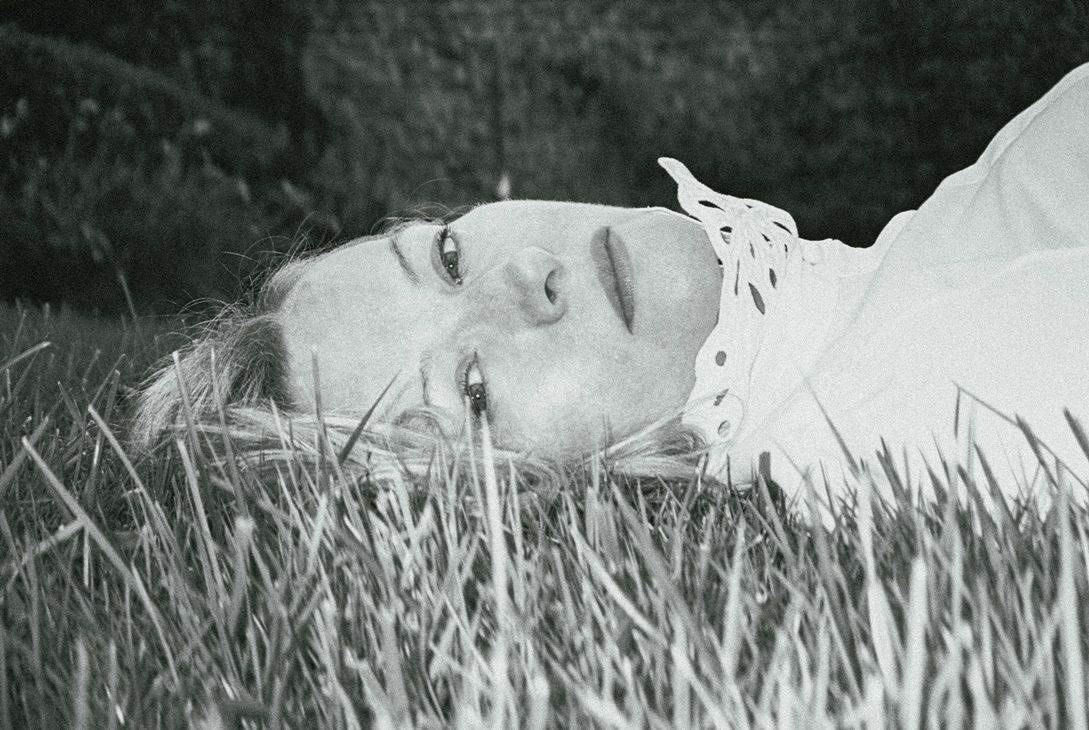
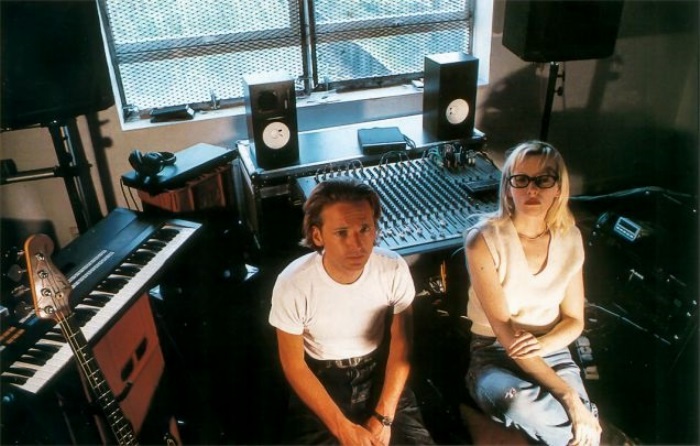
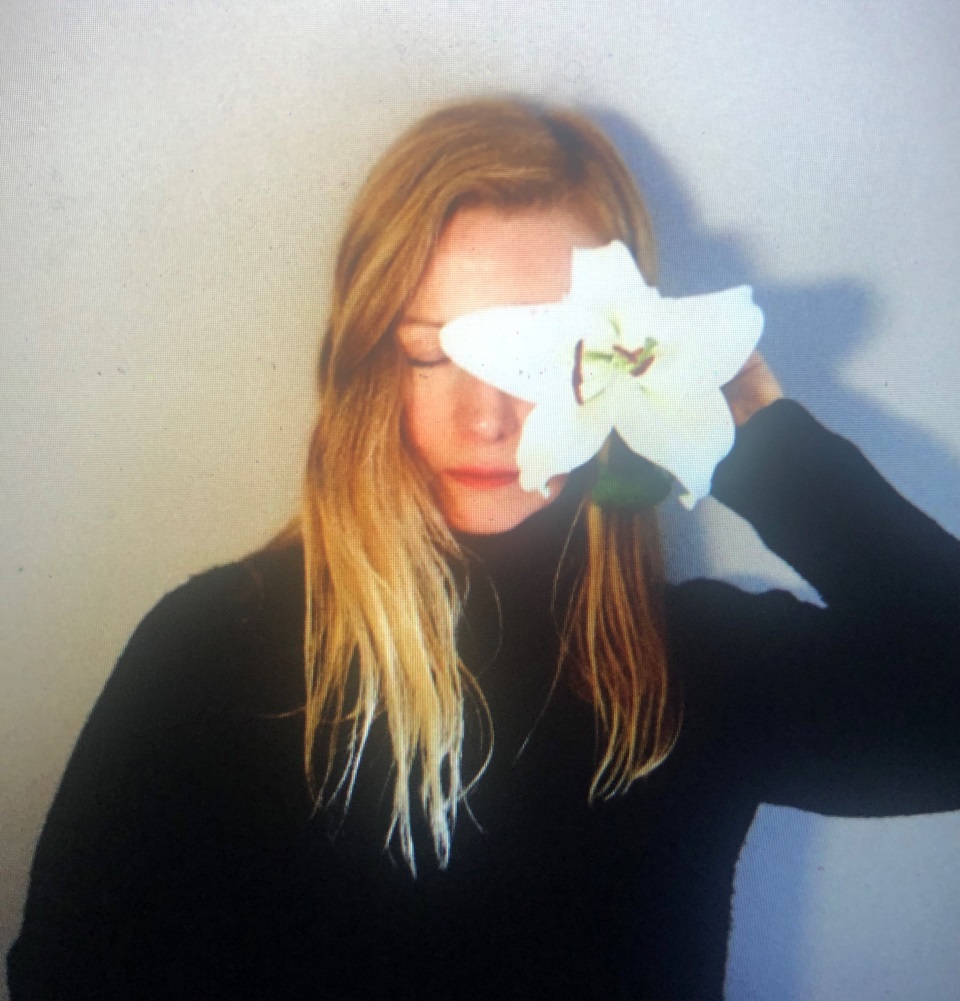
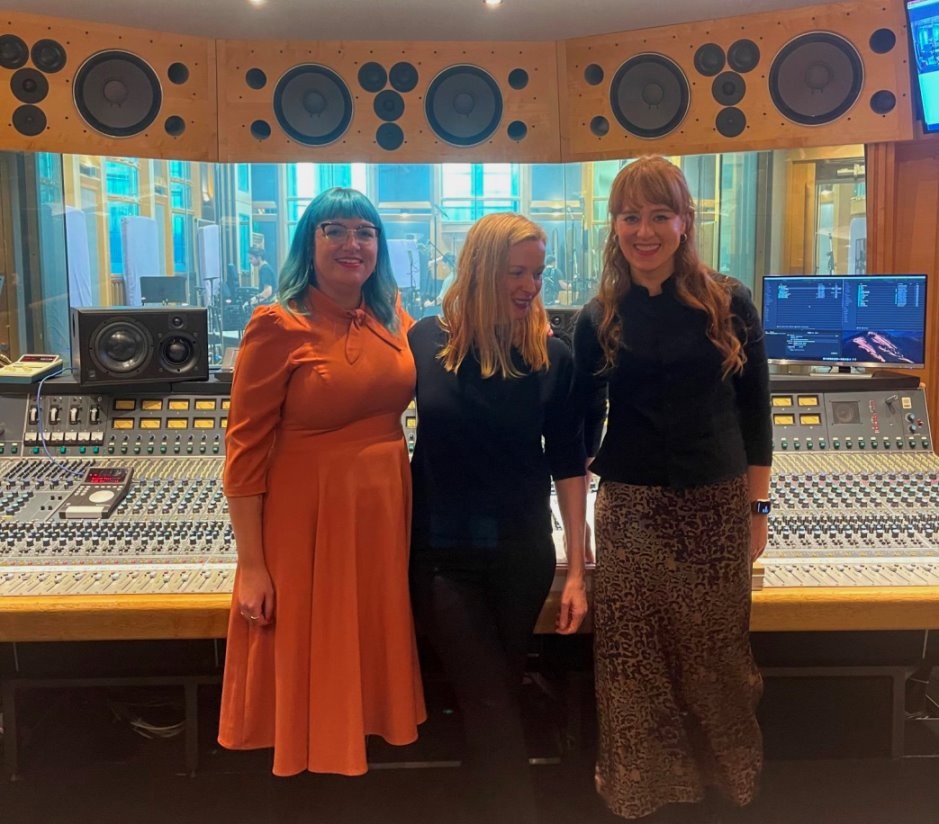
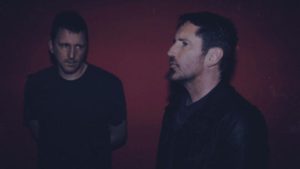
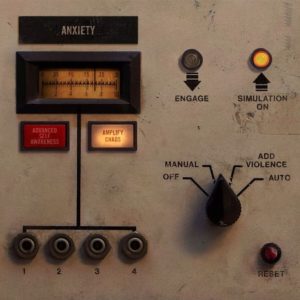
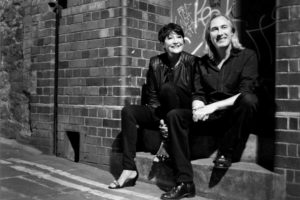
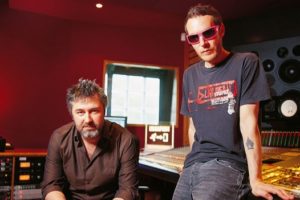
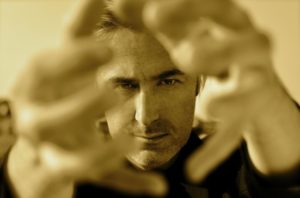
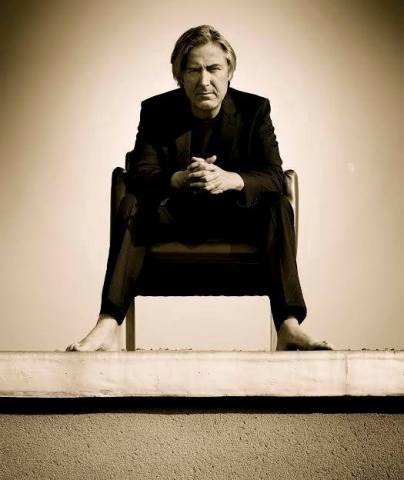
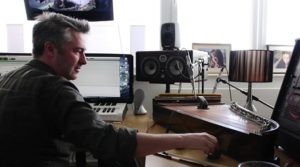
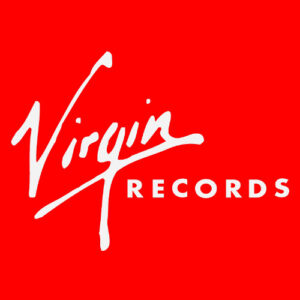

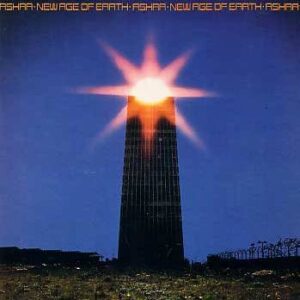
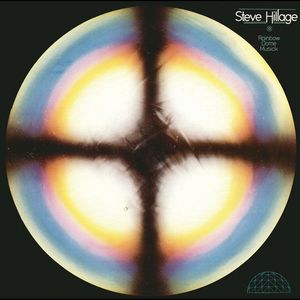
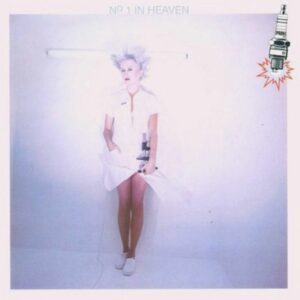
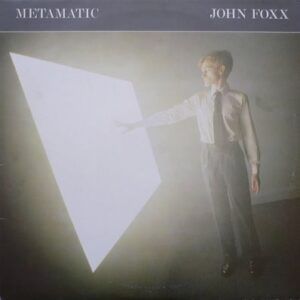
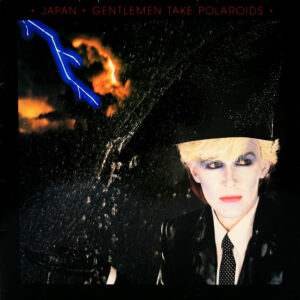
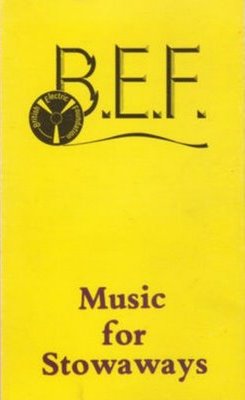
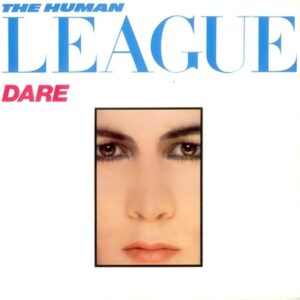
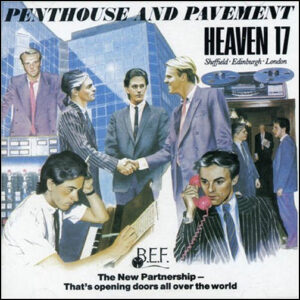
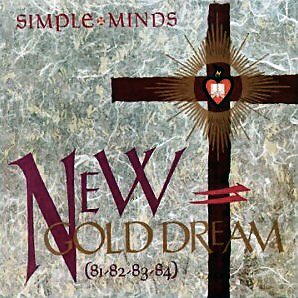
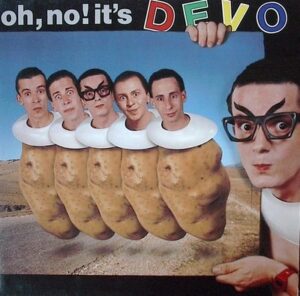
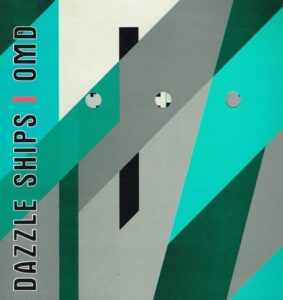
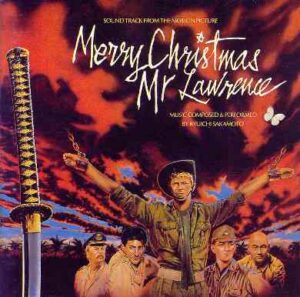

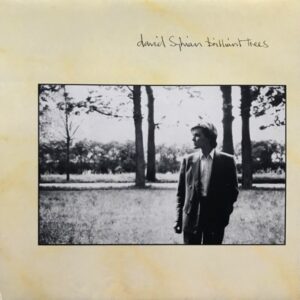
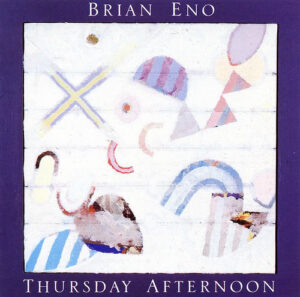
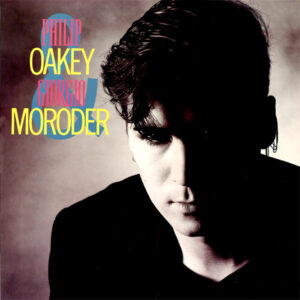
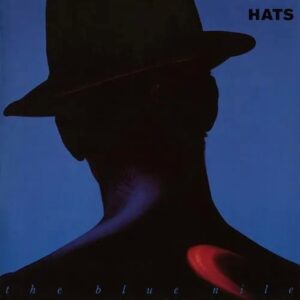

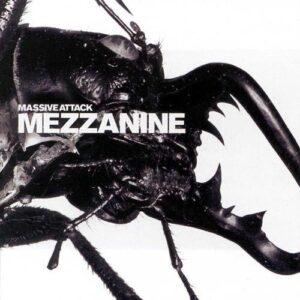
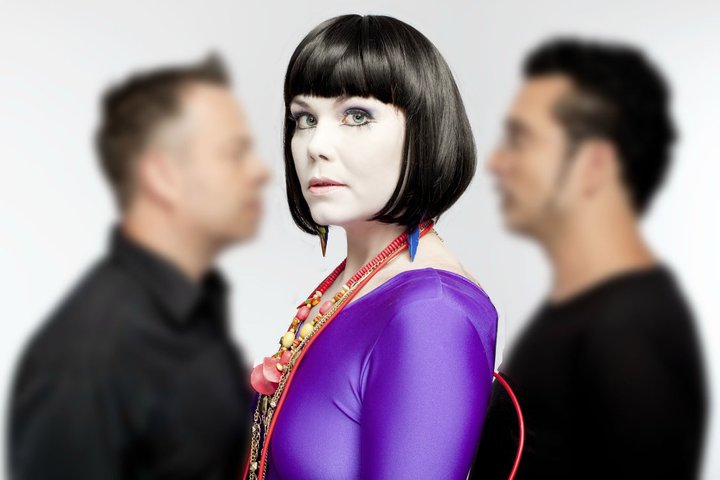
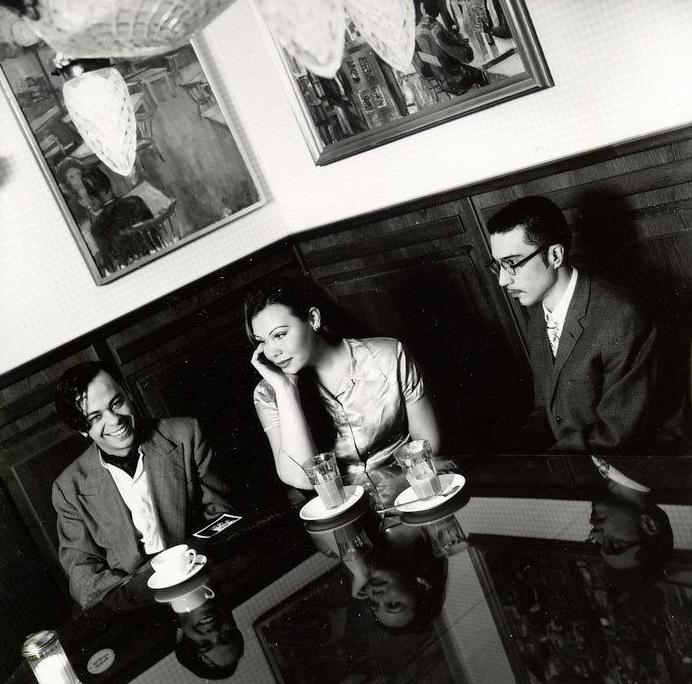
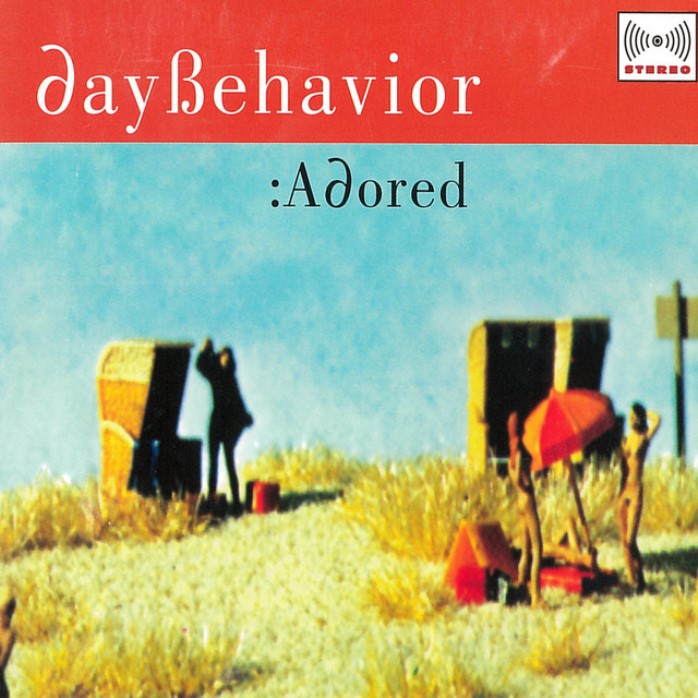
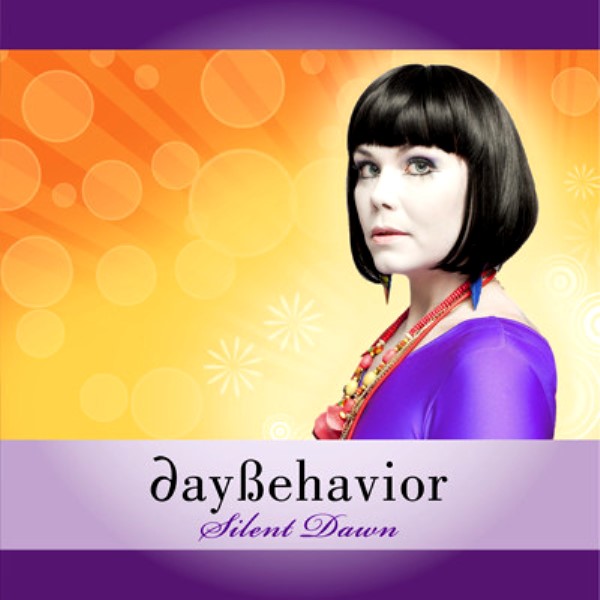
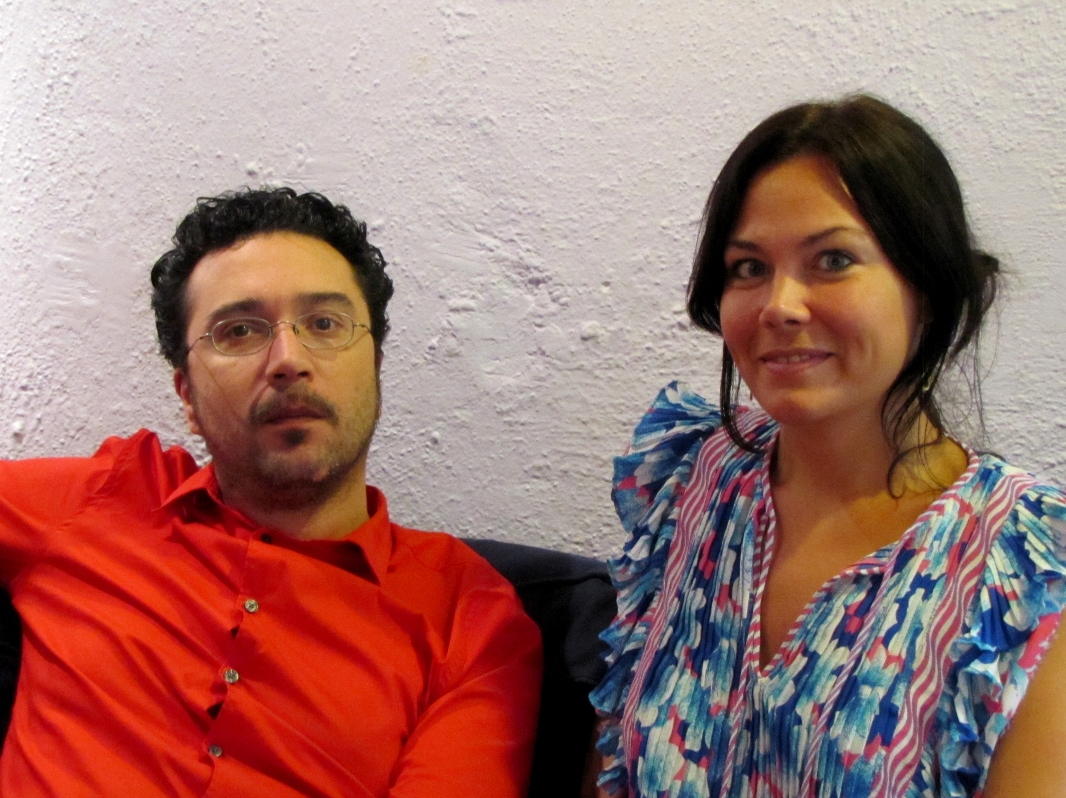
Follow Us!